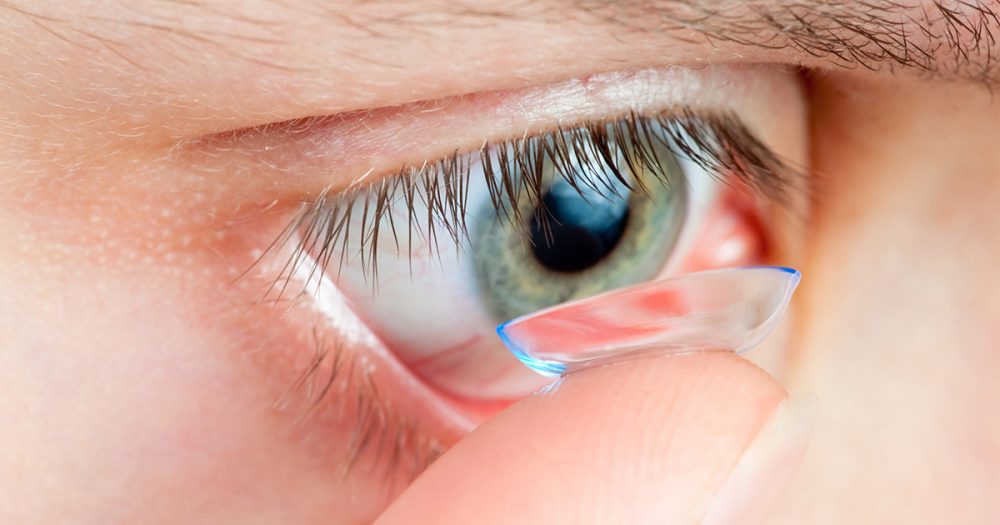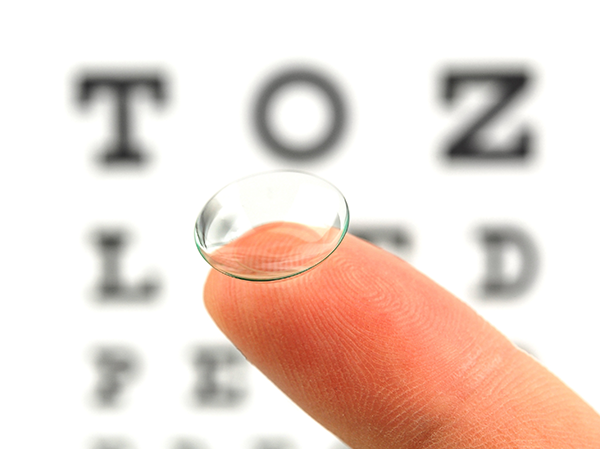
A severe inflammation in the cornea of the eye after exposure to certain fungi.
In today’s time more than 40 million users wear them, but a lot of contact lens users have no idea about certain fungal infections that literally can rob them of their sight. We take a look at which kind of lenses are the safest.Fungal keratitis is challenging to treat because most anti-fungal treatments are ineffective against these fungal infections, especially in its advanced stages. Optometrists or ophthalmologists who diagnose the infection often resort to a combination of topical or systemic treatments. There is controversy surrounding the appropriate medications to use since treatment depends on the species and degree of infection. The cornea is the clear, dome-shaped window of the front of your eye and focuses light into your eye. If ignored it can lead to permanent vision impairment or blindness.
The fungus can actually penetrate into the cornea and also into the eye itself, and if it’s not treated appropriately then you could lose your vision or even lose the eye.
The CDC says nearly one in five contact-related eye infections damage the eye. It is recommended that patients should only use hard contact lenses or soft daily disposable lenses and don’t wear any contacts if going around plants or animals for a long time.
Symptoms
Common symptoms include
- Red and painful inflammation of the eye
- Blurred vision
- Discharge from the tear ducts
- Corneal ulcers may also result with filamentous fungal contamination.
These ulcers can appear white and opaque with feathery edges, stromal infiltrates and surrounding hyphae lines. The extended hyphae line is a clear distinction between bacterial keratitis and fungal keratitis. There may also be satellite lesions (secondary lesions) as a result of the penetration and endothelial plaque made of leukocytes present underneath the lesions. Those experiencing the symptoms above are advised to see an appropriate eye care professional immediately.

Treatment
Treatment for fungal keratitis has been a challenge due to poor anti-fungal medications that cannot penetrate the cornea to get to the fungal organism. Each medication has its benefits, limitations, and toxicity that affect the degree of treatment.
Although it is possible to provide a combination of treatments, there are many factors to consider before using each agent, depending on the fungal pathogen and should be treated under medical supervision.
Disclaimer
The Content is not intended to be a substitute for professional medical advice, diagnosis, or treatment. Always seek the advice of your physician or other qualified health provider with any questions you may have regarding a medical condition.



